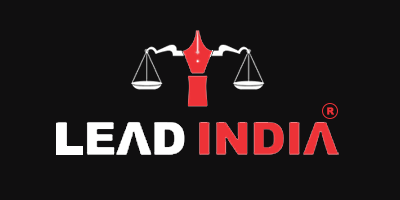Written terms and conditions, or T&Cs, are legal papers that website and app owners develop to regulate their relationships with consumers or end users. They are legally binding documents if they are valid and enforceable. T&Cs can also be referred to as terms of service (ToS) or terms of usage (ToU), and they typically include many particular elements such as SaaS contracts, privacy policies, and EULAs.
Need A Legal Advice
The internet is not a lawyer and neither are you. Talk to a real lawyer about your legal issue

Drafting terms of service: Step by Step
- Begin by providing the target customer with the name of your product or service. Remember to include all traden ames, affiliations, subsidiaries, parent corporations, and doing-business-as designations. This information is typically included at the top of your terms and conditions, above the contract’s recitals.
- Your website or app should have policies in place to govern how customers and workers use it. Without clear expectations and boundaries, you open yourself up to undesired liabilities. Make sure you take a more thorough approach to this part and address all legal issues.
- End users must agree to your terms and conditions for the contract to be legitimate. An acknowledgment statement can fulfill this contractual requirement. For example, you could write, “The undersigned agrees to the terms and conditions contained herein.”
- Your corporation can minimize its responsibility in a variety of ways. From harmful attacks to illegal user-generated material, list the behaviors for which you are not liable. Make a list of all forbidden activities to ensure that there is no confusion about permissibility.
- Intellectual property rights are significant intangible assets that provide your firm with the necessary recognition and competitive advantage in the marketplace. Inform your users that the terms and conditions protect all trademarks, copyrights, logos, and other intellectual property rights.
- Your privacy policy is an additional component of your terms and conditions. Share with users how they intend to manage sensitive consumer data. You should also explain how they can opt out of information sharing and selling.
- You have the right to take action when end users violate or ignore the provisions contained in your terms and conditions. Use this area to advise them of the steps you intend to take if you detect any suspicious or illegal activities.
- Sign and date your agreement at the bottom. You should include a space for each side to sign the contract. However, because consumers will predominantly sign them online, the technological execution of your company’s terms and conditions will most likely not require signatures.
What is often included in terms and conditions?
Terms and conditions outline the rights, obligations, and constraints that come with using your app or website. Most businesses require end users to accept them before gaining access. Following the contract drafting step, you can collaborate with your developer on the technical implementation of terms and conditions and end-user acceptance.
Choice of Law Clauses
Choice of law clauses, often known as governing law clauses, define which laws govern your terms and conditions. Businesses often choose the country, state, or province in which they are headquartered. However, you may select any other appropriate site.
End User License Agreements
End-user license agreements (EULAs) are the terms and conditions for licensing your software. The licensor is the business, and the licensee is the end user. Because licensing agreements are so complex, you should get legal guidance if you have any strategic questions.
Intellectual Property Clauses
Intellectual property provisions, commonly known as IP clauses, notify users that copyright and IP laws protect your company’s trademarks, logos, and copyrights. These rules will prevent anyone from obtaining your digital assets and utilizing them for commercial or personal gain.
Privacy Policies
Privacy policies tell end users about how you process, store, and disclose personally identifiable information (PII). As legislation evolves, many countries around the world implement stricter privacy policies and support consumers’ right to be informed. When establishing a privacy policy, consider the laws of your state, province, or country.
Termination clauses
According to termination terms, your organization has the authority to terminate access to your applications and websites at any time. Structure your termination provisions carefully, and explain what will happen to the user’s data after termination. Essentially, the data your app or website utilizes is yours to keep without needing to return it to terminated clients.
There are no regulations that specifically require you to retain business lawyers when creating terms and conditions. However, consumer privacy regulations need strict compliance to avoid a violation of contract.
Lead India offers various legal services, including free legal advice and online information. You can talk to a lawyer and ask a legal question on various matters, including divorce, through our platform.





 Talk to a Lawyer
Talk to a Lawyer